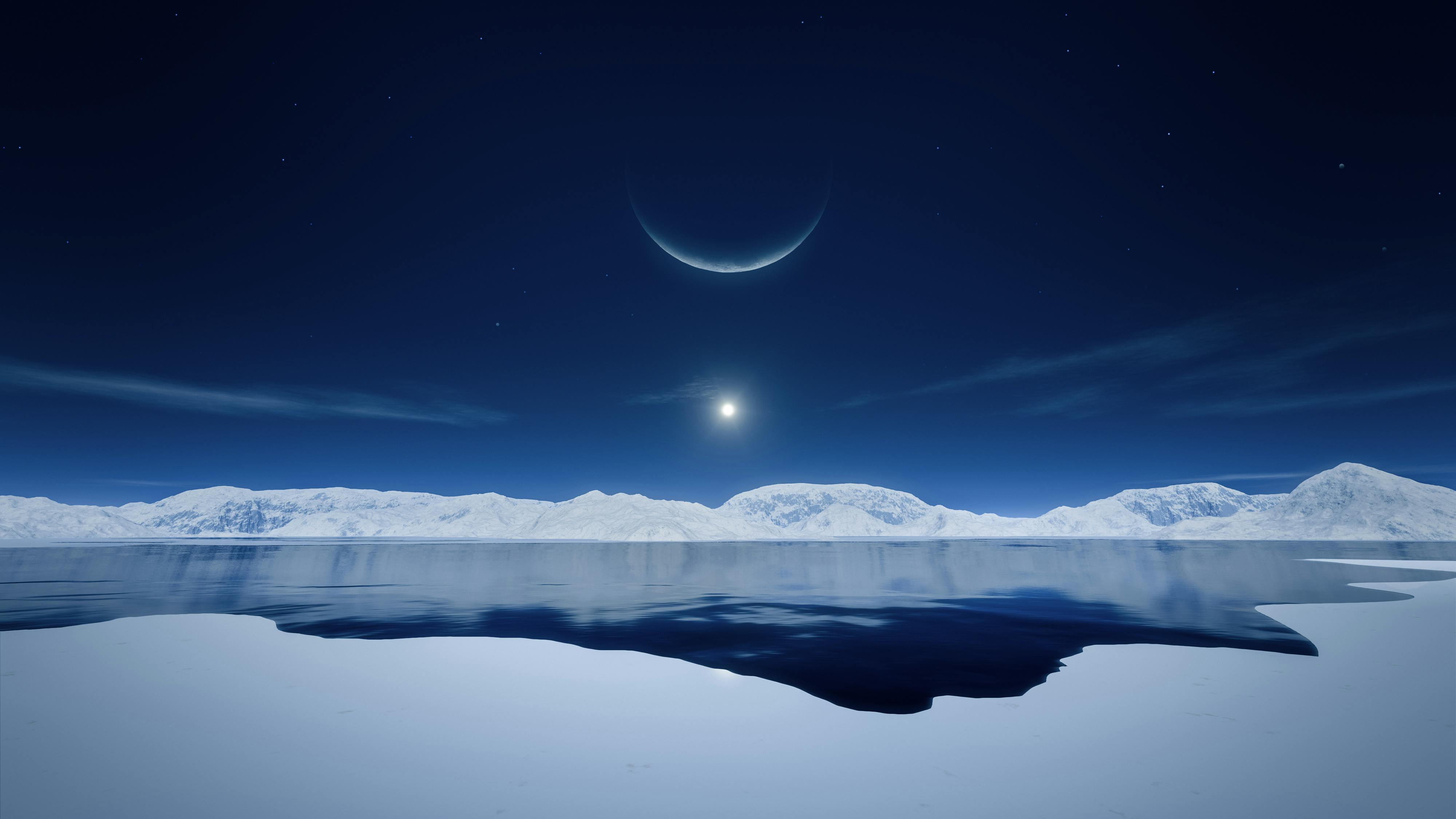In Antarctica, Peter Greenberg Chronicles a Silversea Discovery Voyage
You may believe that if you’ve seen Antarctica once, you’ve seen Antarctica. But a new documentary about Silversea’s exploration in the world’s southernmost continent may blow that theory out of the water.
Travel journalist Peter Greenberg and his team joined Silversea crew to explore and chart new destinations in Antarctica that could prove hospitable for guests and improve maps and charts of areas that remain little known.
“Talk about a voyage of discovery,” Greenberg said in an interview. “I got a chance to hop on board a special vessel … and chart about 30 islands that have never been visited.”
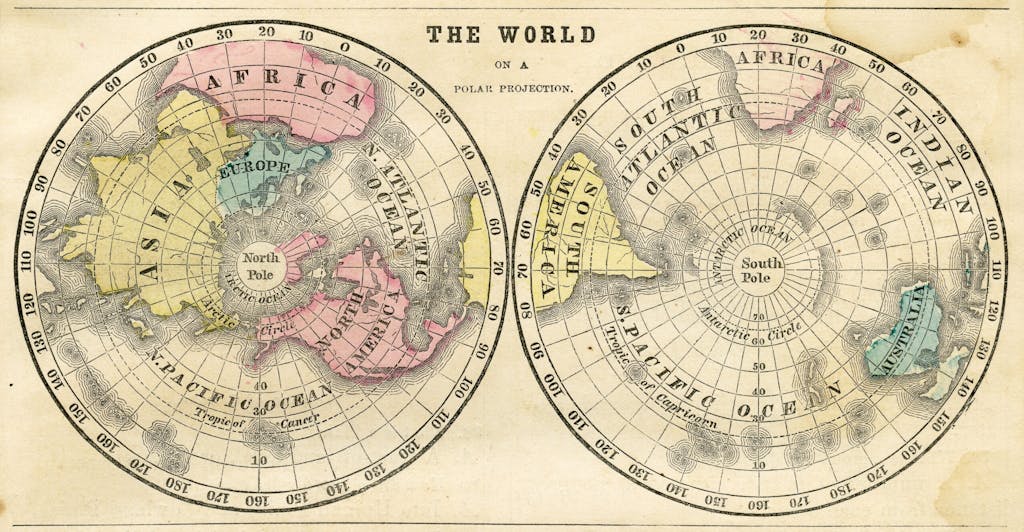
He and his crew joined a group of Silversea explorers and executives as they scoped out new places that, they hope, will give Silversea guests even more insight into an ice-covered continent that remains a mystery to much of the world
The story behind the video
Greenberg’s 30-minute video offers a behind-the-scenes look at Silversea’s careful research in its quest for new places, vistas and adventures for guests traveling to a land Greenberg describes in the video as “terrifyingly beautiful” and “harshly seductive.” The discoveries by the Silversea team also will help update maps and nautical charts of an area discovered about 200 years ago but whose history dates back as much as 3 billion years. (A two-minute version of the video is shared below.)
Greenberg, who is Travel Editor for CBS News and appears on “CBS This Morning” as well as being host of the public TV show “The Travel Detective with Peter Greenberg,” has spent his career exploring the corners of the globe and helping travelers make the most of their time away.
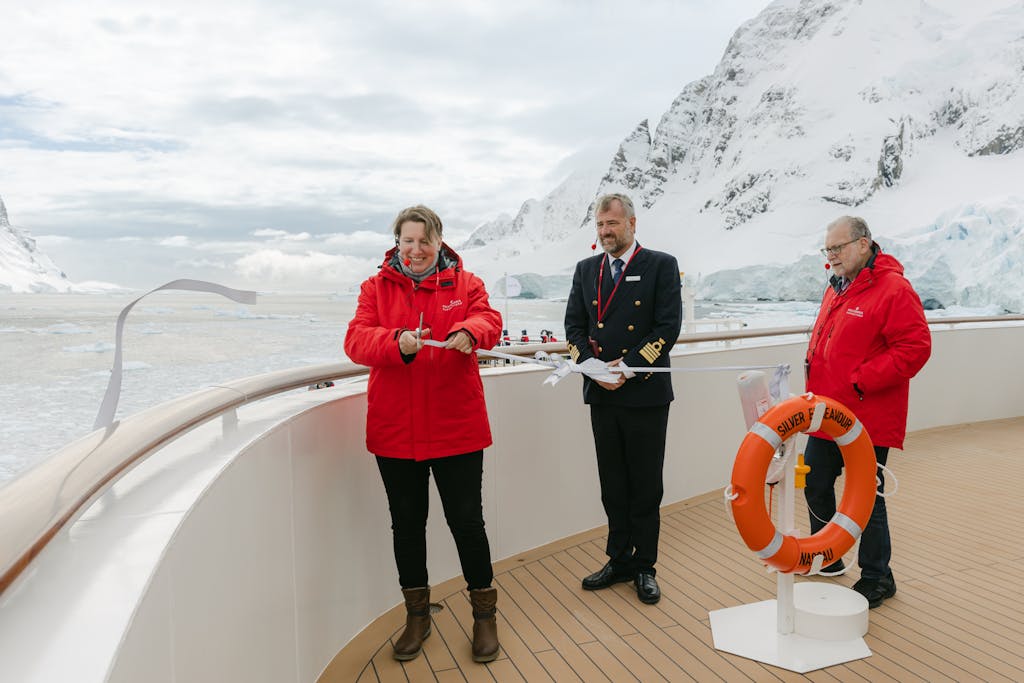
He’s also no stranger to Antarctica, which he first visited in 2018. He serves as the master of ceremonies for Silversea ship christenings, including Silversea’s Endeavour, an expedition ship that debuted in November 2023 in Antarctica.
He and his crew joined the Silversea explorers and executives on this adventure as they studied new places, offering insight into the intense work that goes into selecting the right destinations. The group visited 30 islands; about two-thirds made the cut as potentially suitable for the “new destination” category. The uniqueness of those islands is an important consideration, of course, but guest safety is the top priority.
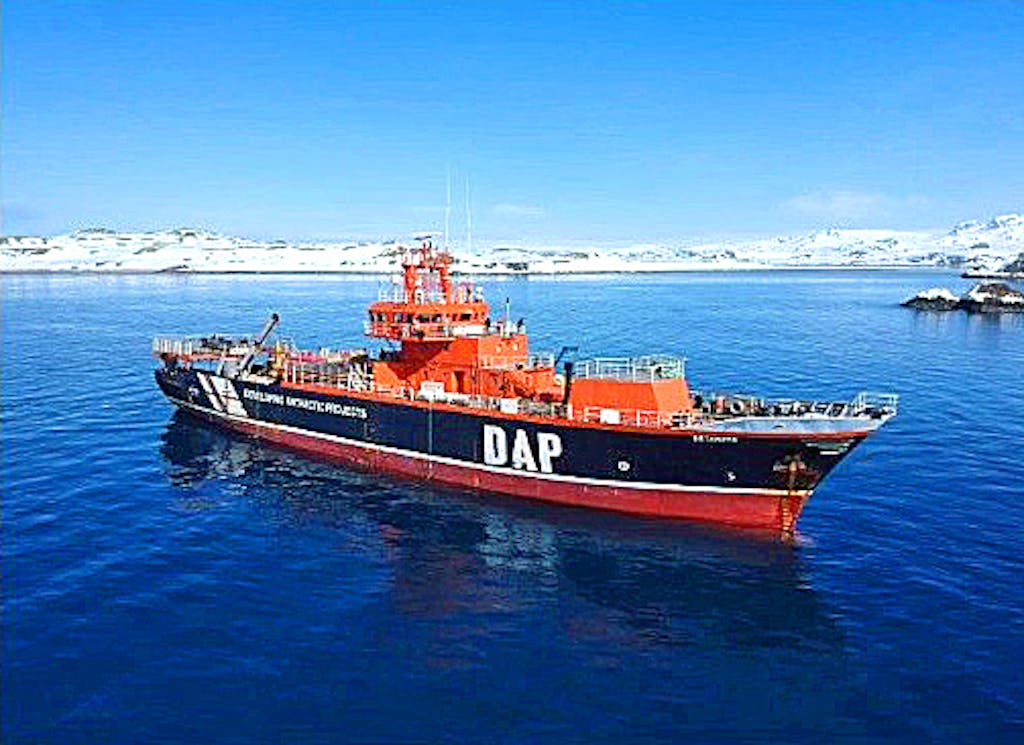
On a 12-day expedition on the Betanzos, a research ship that began life as a Spanish fishing vessel nearly 50 years ago, Greenberg and Silversea crews visited islands that showed no trace of human beings.
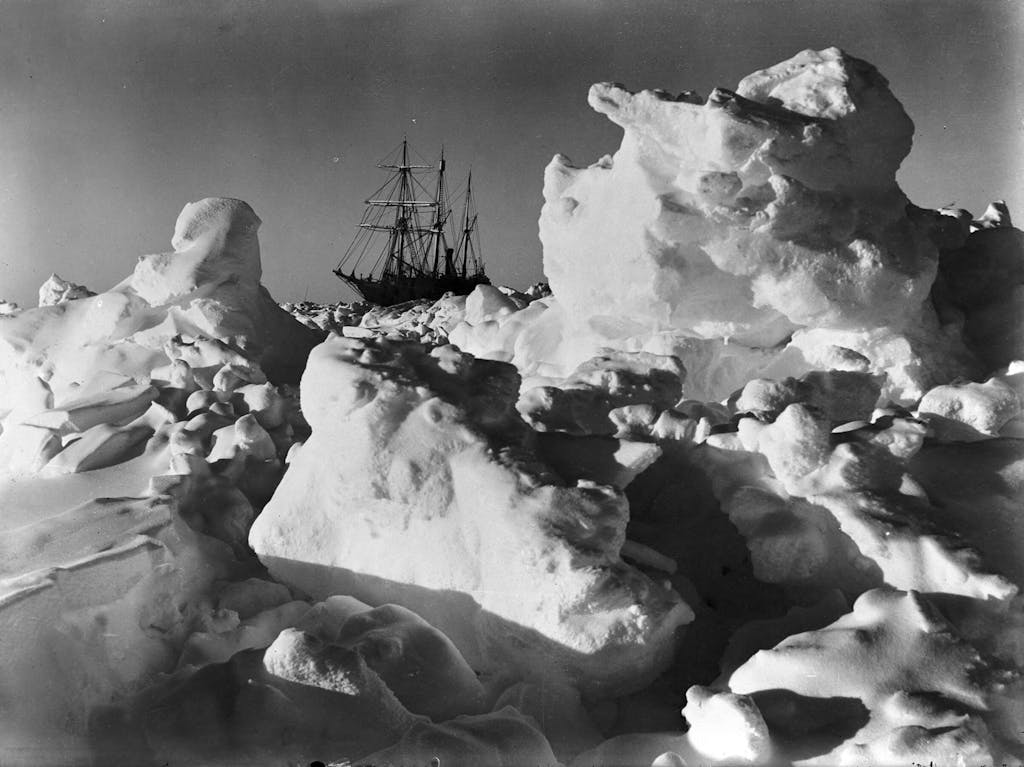
Silversea Capt. Freddie Ligthelm directed the explorers from the Betanzos. He’s a Master Mariner and also an experienced explorer: He was part of the team in 2022 that found the Endurance, Sir Ernest Shackleton’s vessel that sank in 1915 in Antarctica’s Weddell Sea.
Changing with the times
What made this attempt to find new and different destinations more difficult: outdated information. The most recent “nautical charts,” as they are called, date to 2004. “What you will see on the charts now is not necessarily what you will see here [in Antarctica],” Ligthelm says. The discoveries on this trip will be shared with other organizations and will help improve accuracy and, thus, safety.
Outdated information added a degree to the difficulty to the recent exploration of these lands. Nautical charts will indicate rocks, for example, or alert navigators to other dangers. When you consider that the National Oceanic and Atmospheric Administration alone issues 11,000 corrections each year to its 1,000 charts, you have an idea of the perils an old document can pose.
The Zodiacs that took the Silversea explorers to unknown islands on this trip dodged ice and rocks to assess an island’s suitability. Technology allowed those on the Betanzos to stay in touch with crew in the Zodiacs, but simpler tools also helped the adventurers in the inflatables avoid problems: An oar plunged into the water, for instance, checked for depths and for potentially propeller-wrecking rocks, and a pole to shove ice out of path helped on the approach to an unknown island.
People power is a big part of the equation. The crew known as “frogs” jump in the water to manually guide the Zodiac to its destination. Again, safety is top of mind. Everyone on the Zodiac is outfitted with multiple layers of clothing, including a dry suit, to ensure they will not get wet; anyone who unexpectedly takes on water returns to the ship immediately.
Not all islands make the cut
As they poked around various places, Silversea’s advance team ruled out some destinations. Cape Tuxen for instance, has limited space for guests to land, so it was nixed. But Moot Point turned out to be a “good landing” and may one day turn up on your Silversea itinerary. Two Hummock Island got a thumbs up for its penguins, including chinstraps, which aren’t common in this spot, its gorgeous view and for being a “good place to stretch one’s legs.”
Another surprise: Robert Island, a place that seems incongruently green. Once upon a time — that time being the Mesozoic era about 70 million years ago — dense forests covered Antarctica. There were oohs and ahhs over the vegetation covering much of the island. Pretty? Yes. But perhaps also a hint of a problem caused by global warming. Antarctica, Ligthelm says, is a “barometer of world health.”
Greenberg thinks it’s possible to improve that health. Education, which Silversea guides offer aplenty, helps motivate action, and passengers become “ambassadors” once they have seen the beauty.
Twelve days on a research vessel, time spent in Antarctic destinations on islands known by but a few, if any, and a shared realization of a problem may be among the pieces that help preserve this 5.5-million-square-mile puzzle.
“The thing that continues to astound,” Greenberg says, “[is that] mankind has not messed it up.”
